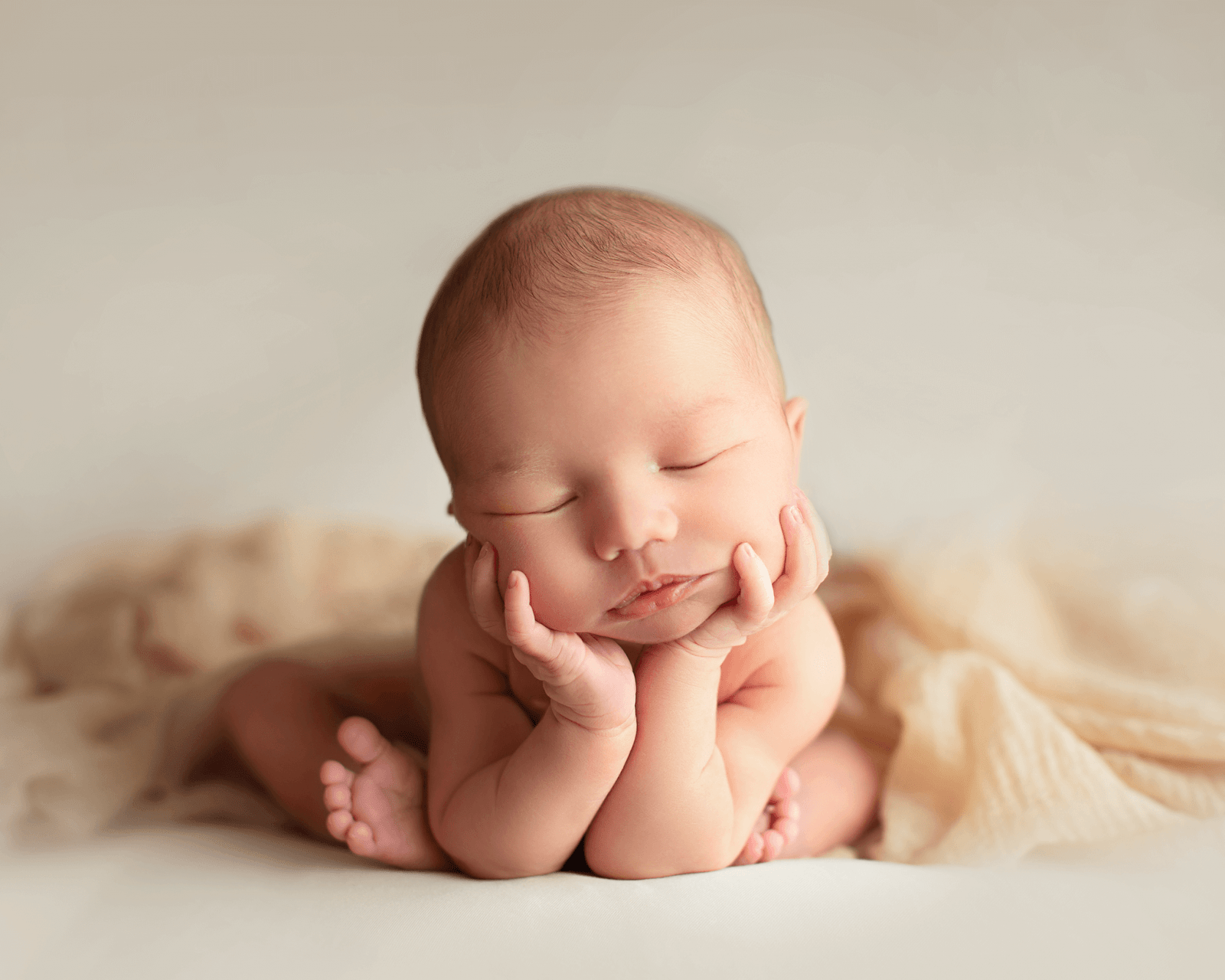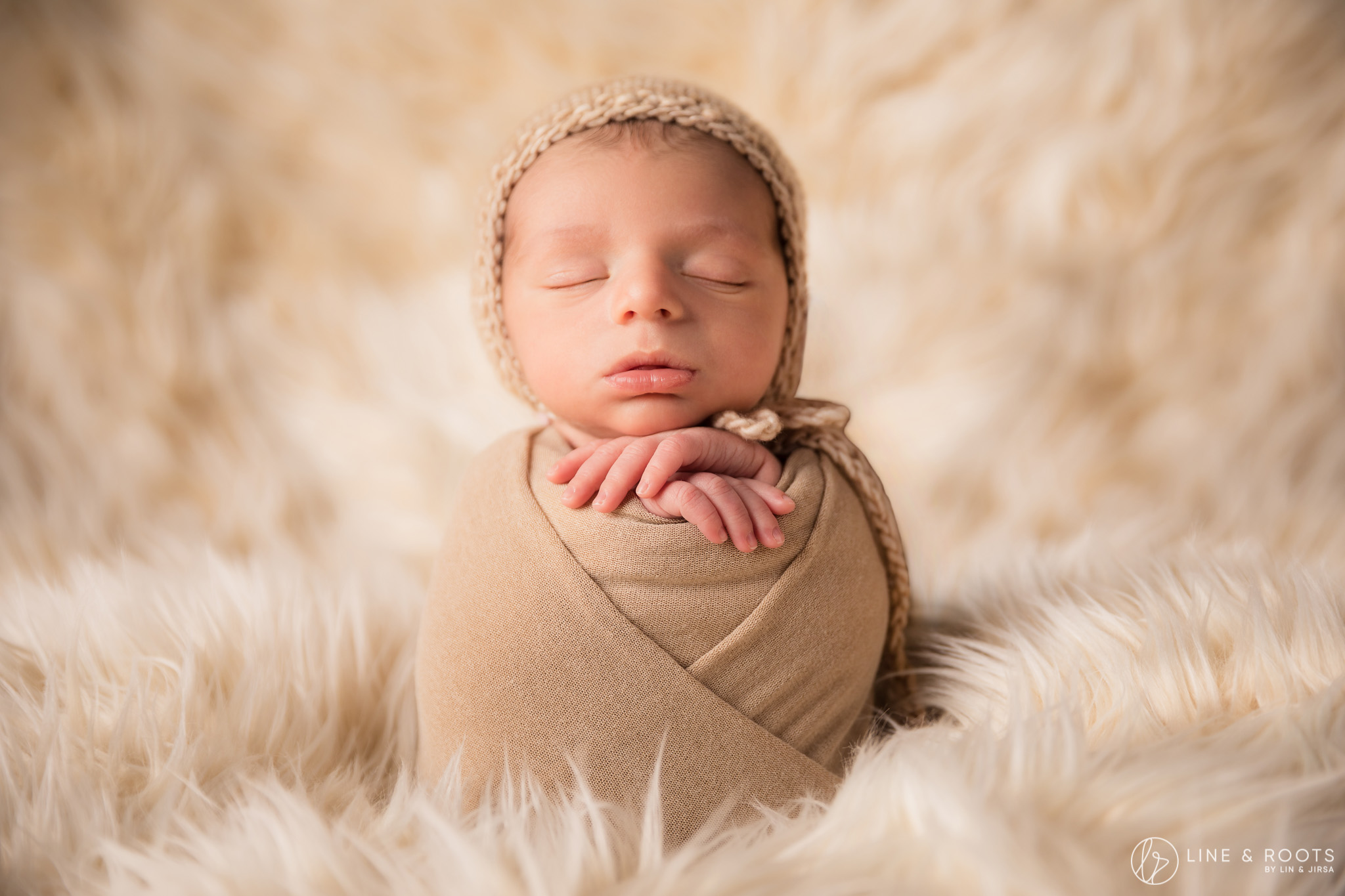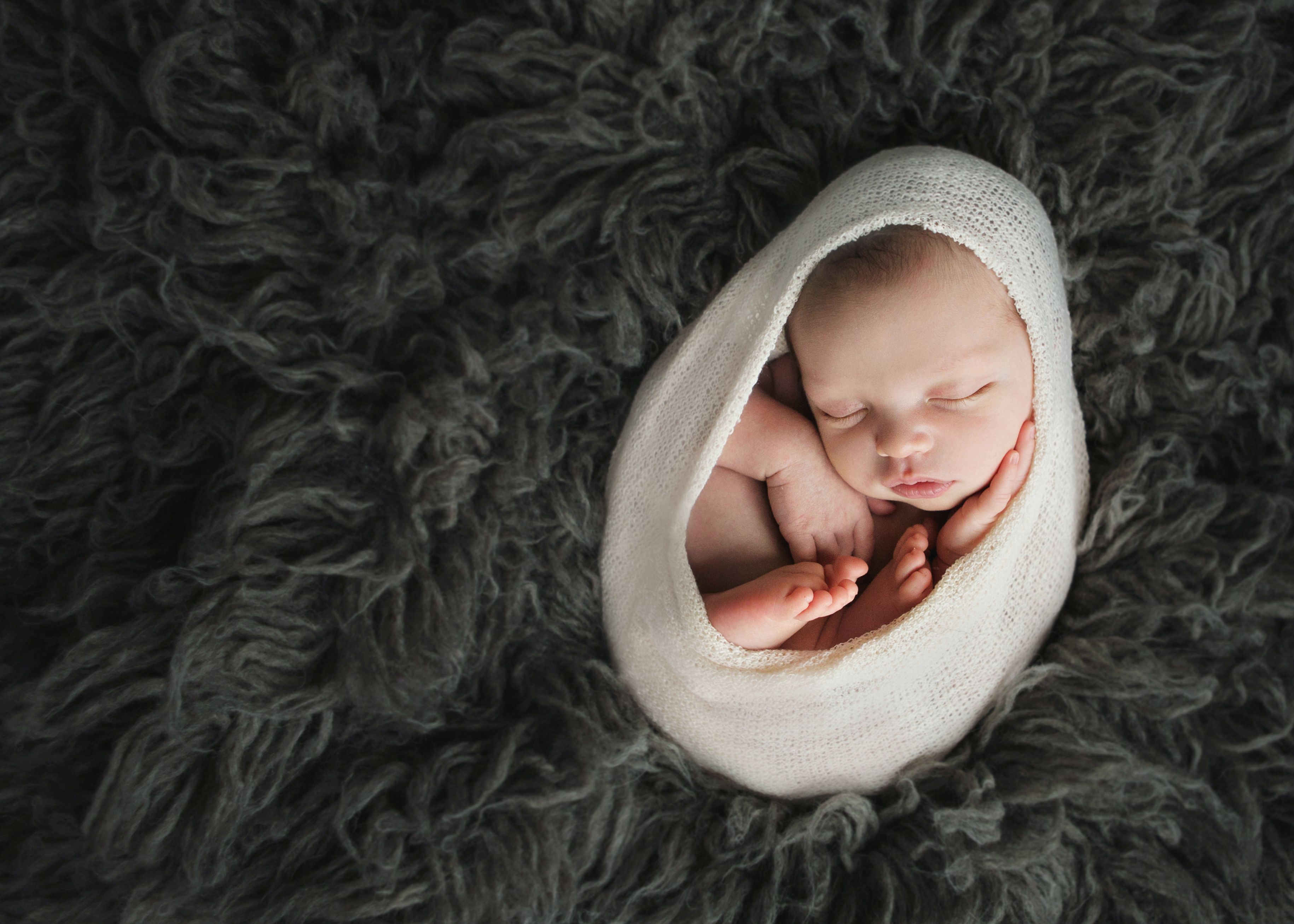Newborn Puppy Photo Shoot: Tips For Capturing Adorable Moments
Those first few weeks with newborn puppies are just magical, aren't they? They grow so incredibly fast, changing almost daily, and before you know it, those tiny, sleepy bundles are playful, energetic pups. Capturing these fleeting moments with a newborn puppy photo shoot isn't just about taking pictures; it's about making lasting memories, preserving that precious, early innocence. It's a bit like securing something truly special, a valuable find that you'll cherish for years, much like finding that perfect item you've been searching for.
Think about it: these little ones won't stay this small for long. Their sleepy poses, their tiny noses, and those adorable little yawns are all moments that vanish in a blink. A photo session lets you freeze time, creating keepsakes that you and your family can look back on with warmth and smiles. It’s a chance, you know, to really celebrate the newest members of your furry family, and to share their cuteness with everyone.
Planning one of these shoots might seem a bit overwhelming at first, but with a little guidance and some simple tips, you can create stunning images right in your own home. We’ll walk you through everything you need to know, from the best time to shoot to keeping everyone safe and comfy. So, let's get ready to make some truly heartwarming puppy memories!
- Texas Renaissance Festival Lawsuit
- Astro Birthdays Book
- Is Margo Price The Daughter Of Ray Price
- Harrison Ford Smoking
- Vincent Herbert Arrest
Table of Contents
- When is the Best Time for a Newborn Puppy Photo Shoot?
- Safety First: Keeping Puppies Safe and Warm
- Setting Up Your Photo Area
- Camera Gear and Settings
- Posing and Capturing Those Sweet Shots
- Simple Post-Processing for Better Photos
- Frequently Asked Questions About Newborn Puppy Photo Shoots
When is the Best Time for a Newborn Puppy Photo Shoot?
The very best window for a newborn puppy photo shoot is usually when they are just a few days old, typically between five and fifteen days. At this age, puppies are still mostly sleeping, which makes them much easier to pose gently and safely. They haven't quite opened their eyes fully yet, or they're just starting to peek, and they tend to stay put for a bit. You'll find, too, it's almost like they're in a dream state, very calm and quiet.
As they get a little older, say past two or three weeks, they become much more active and wiggly. They start exploring, playing with their littermates, and moving around a lot more. This makes it a lot harder to get those sleepy, posed shots. So, planning your shoot for those earliest days truly helps you get those precious, still images.
It's also a time when they are incredibly small and delicate, really highlighting their newborn status. The photos taken during this brief period will capture a unique stage of their lives that passes by so quickly. So, if you're aiming for that truly "newborn" look, act fast!
- Barbara Rush Funeral
- Graham Cracker Sandwiches
- Cooling Towel Dog
- Birthday Cake For A Horse
- 60 Console Table
Safety First: Keeping Puppies Safe and Warm
The most important thing during any newborn puppy photo shoot is, without question, their safety and well-being. These tiny creatures are very fragile, and their needs must always come first. You really want to make sure they are comfortable and secure throughout the entire process. Just like when you're looking for expert guidance on something important, like car reviews, you want to make sure you're getting the best advice on keeping these little ones safe.
Keeping Mom Nearby
Always keep the mother dog close by during the shoot. She provides comfort, warmth, and a sense of security for her pups. She can also help calm them if they get restless, and she might even offer a sweet lick or two for a great photo opportunity. Her presence, you know, is absolutely vital for the puppies' peace of mind.
Temperature Control is Key
Newborn puppies cannot regulate their body temperature very well, so keeping them warm is absolutely critical. Use a space heater in the room if needed, or place a heating pad (on a low setting, covered with a blanket) under your photo setup. Always check the surface temperature to make sure it's not too hot. A warm environment helps them stay sleepy and content, which is actually perfect for photos.
Gentle Handling
Handle the puppies with extreme care. Support their whole body, especially their head and neck. Move them slowly and gently, avoiding any sudden movements. If a puppy seems uncomfortable or starts to fuss, put them back with their mom right away. Their comfort is, basically, the top priority.
Keep Sessions Short
Newborn puppies tire easily. Keep your photo sessions very brief, perhaps no more than 10-15 minutes at a time. If you need more shots, take breaks and allow them to nurse or rest. It’s better to have a few great, safe photos than to stress the puppies for a longer shoot. Remember, you're trying to save these precious moments, not create stress, in a way.
Setting Up Your Photo Area
A well-prepared photo area makes all the difference for a smooth and successful newborn puppy photo shoot. You don't need a fancy studio; a quiet corner in your home works wonderfully. The goal is to create a calm, clean, and well-lit space for your tiny models. It's about finding your perfect spot, much like searching for that ideal vehicle that fits all your needs.
Lighting Matters
Natural light is truly your best friend for puppy photos. Set up near a large window, but avoid direct harsh sunlight, which can create strong shadows. Diffused light, perhaps from a window with sheer curtains, provides a soft, even glow that's very flattering. If natural light isn't enough, a softbox or a large reflector can help fill in shadows, you know, to make everything look just right.
Simple Backgrounds and Props
Keep your backgrounds simple and uncluttered so the puppies remain the main focus. Soft blankets, faux fur rugs, or even a plain sheet work well. For props, think small and safe: tiny baskets, soft bowls, or little knitted hats can add charm. Always make sure props are clean, soft, and free of any small parts that could be a choking hazard. You're trying to create a beautiful scene, and stuff like that really helps.
Cleanliness and Comfort
Lay down a waterproof mat or a few layers of towels under your main blanket to catch any accidents. Puppies are, after all, still learning! Have extra clean blankets and towels on hand for quick changes. A clean and comfortable environment keeps the puppies happy and makes your job much easier. This attention to detail is, basically, what leads to high-quality results.
Camera Gear and Settings
You don't need top-of-the-line professional equipment for a fantastic newborn puppy photo shoot, but understanding a few basics about your camera and settings can greatly improve your results. It's about making the most of what you have, and really, you can achieve amazing things with even basic gear.
Choosing Your Camera
A DSLR or mirrorless camera will give you the most control and best image quality. However, modern smartphones with good cameras can also capture lovely shots, especially if the lighting is excellent. The key is to use a camera you're comfortable with, one that lets you focus on the puppies rather than fiddling with settings. So, pick what feels right for you.
Lens Selection
If you have a camera with interchangeable lenses, a prime lens (like a 50mm f/1.8 or f/1.4) is often a great choice. These lenses let in a lot of light, which is perfect for indoor shooting, and they create that lovely blurry background effect (bokeh) that makes the puppies pop. A macro lens can also be wonderful for capturing tiny details like paws and noses. You'll find, too, that a good lens can really elevate your pictures.
Camera Settings Tips
- Aperture (f-stop): Use a wide aperture (a smaller f-number like f/1.8 or f/2.8) to create a shallow depth of field, blurring the background and making the puppy stand out.
- Shutter Speed: Aim for a fast enough shutter speed (e.g., 1/125th of a second or faster) to avoid blurry images, especially if the puppies wiggle a little.
- ISO: Keep your ISO as low as possible (e.g., 100-400) to minimize "noise" or graininess in your photos, especially if you have good natural light.
- Focus: Focus directly on the puppy's eyes or nose to ensure sharpness where it matters most. Using continuous autofocus can be helpful if they move slightly.
- White Balance: Set your white balance to match your lighting conditions (e.g., "Daylight" for natural light) to ensure accurate colors.
Posing and Capturing Those Sweet Shots
Getting adorable poses from newborn puppies is mostly about patience and gentle encouragement. They're often sleepy, which is a big help, but you still need to guide them into those picture-perfect positions. It’s a bit like finding the right angle for a complex project, where every detail matters for a high-quality outcome. You're searching for that perfect shot, really.
Encourage Natural Poses
The cutest puppy photos often come from their most natural states. Let them curl up in a ball, stretch out, or snuggle with a sibling. Gently guide them with your hands, but don't force any position. If they're comfortable, their cuteness will shine through. You'll find, too, that some of the best moments happen when you just let them be.
Focus on the Details
Don't just take full-body shots. Get up close and capture those tiny, precious details: their little paws, wrinkled noses, sleepy eyes, or a yawn. These close-up shots really tell a story and highlight their newborn features. These are the moments, you know, that are truly priceless to save.
Group Shots
Photographing the entire litter together can be incredibly heartwarming. Arrange them gently in a small pile, perhaps in a basket or on a soft rug. Be patient, as getting all of them in a good position might take a few tries. Sometimes, just letting them cuddle naturally makes for the best group photo. It's about capturing that collective cuteness, so.
Human Interaction Shots
Include human hands in some shots to show scale and the loving bond. A gentle hand cradling a tiny puppy, or a finger stroking their soft fur, can add a very touching element to your photos. Just make sure the hands are clean and gentle. These shots, basically, add a very personal touch.
Simple Post-Processing for Better Photos
Once you've finished your newborn puppy photo shoot, a little bit of post-processing can make your images truly shine. You don't need complex software; even basic editing tools can make a big difference. It's about refining your work, much like how expert reviews help you refine your choices to find the perfect match. You're really just enhancing what's already there.
Basic Edits
Start with basic adjustments like exposure, contrast, and highlights/shadows. Brighten up any areas that seem a bit dark, and reduce overly bright spots. A little bit of clarity can also help make the puppies' fur look softer and more defined. These small tweaks, you know, can make a huge impact.
Cropping and Composition
Crop your photos to improve composition and remove any distracting elements from the background. You might want to try cropping tightly around the puppy's face for a strong portrait, or use the "rule of thirds" to place the puppy off-center for a more dynamic look. Don't be afraid to experiment with different crops to find what works best for each image. It's about, basically, finding your perfect frame.
Color Correction
Adjust the white balance if your colors look a bit off. You want the puppies' fur to look natural and true to life. You might also boost the saturation slightly to make colors pop, but be careful not to overdo it. A natural look is usually best for these kinds of heartwarming photos. And stuff like that really helps the images look their best.
For more general tips on caring for your new furry friends, learn more about puppy care on our site. And if you're looking to upgrade your photography setup, discover more about essential pet photography gear on this page.
Frequently Asked Questions About Newborn Puppy Photo Shoots
How old should puppies be for a photo session?
The best time for a newborn puppy photo session is typically when they are very young, usually between 5 to 15 days old. At this stage, they spend most of their time sleeping, which makes it much easier and safer to gently position them for pictures. As they get older, they become more active and less cooperative for posed shots. So, planning for this early window is really key for those sleepy, curled-up images.
What things do I need for a newborn puppy photo session?
You'll need a few essential items to make your photo session a success. A camera (even a good smartphone will do), soft blankets or faux fur for backgrounds, and small, safe props like tiny baskets or bowls are great to have. A heating pad (on low, covered) or a space heater to keep the puppies warm is absolutely vital. Also, make sure you have plenty of clean towels for any little accidents, and remember to keep the
- Why Are Quince Dresses So Big
- Linda Zamarripa
- Nightclubs In The Hamptons
- Why Did Lisa And Michael Divorce
- Where Is David Morris From

Award Winning Newborn Photographer in East London | EvaGud

Newborn Photography Guide for Beginners

Newborn Photography: Five Ways to Capture Your Littlest Clients